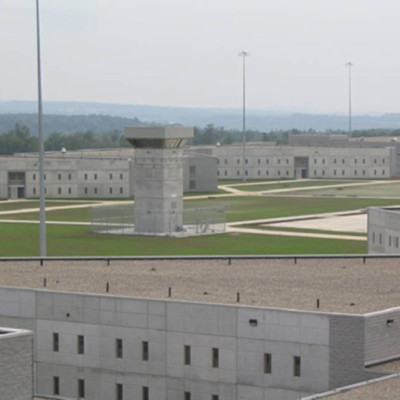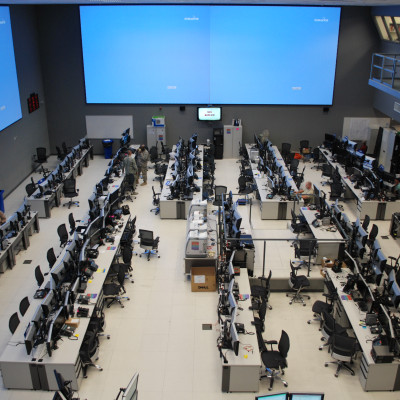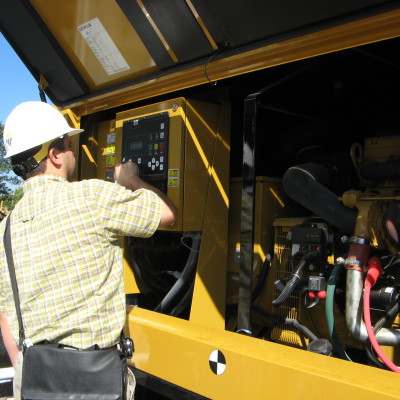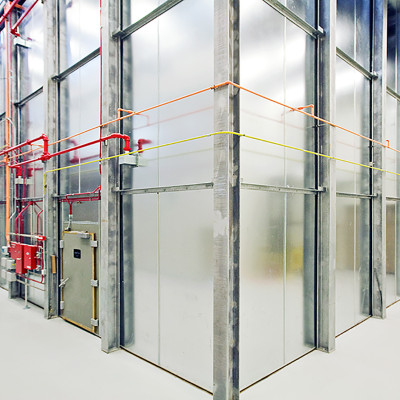COMMITTED TO HELPING SITE OWNERS EVALUATE THEIR TOTAL OPERATING COSTS
Wiley|Wilson professionals will work closely with site administrators to ensure their facility is operating as expected. Viewed over a 30 year period, initial building costs account for just 2% of the total lifecycle costs, while operations and maintenance costs equal 6%, and personnel costs equal 92%. We focus on making sure the building owner’s expectations are met by optimizing energy consumption and ensuring employee productivity is not compromised by the building environment.
The term commissioning comes from shipbuilding. A ship must pass several milestones, including testing equipment, correcting problems, and training the crew, before a ship can be deemed commissioned. Building systems commissioning is the application of this same process to building HVAC, electrical, envelope, and other systems.
.
What distinguishes our commissioning services from other firms?
Our Team Composition Philosophy
.
- Each team member has at least 15 years of design and field experience
- 70% of our commissioning team members are Professional Engineers
- All team members continue to maintain system design responsibilities when not commissioning
Building Stakeholder Integration
.
- A building project is never successful unless all the owner’s stakeholders are satisfied with the results; therefore, we integrate the owner’s stakeholders with the design, construction and commissioning teams from the very beginning
- Our commissioning team educates the owner’s stakeholders about how the building should operate so the building can be continuously commissioned over its lifetime by the owner’s staff
Our Team’s Unique Skills
.
- Each commissioning team is created from individuals specifically selected by skill-set for each project
- Each commissioning team has at least one building automation expert to evaluate the design and assure it is built and tested to achieve the owner’s project requirements
Areas of Specialty
.
- Central plants with multiple pumps, boilers, chillers and cooling towers operating in parallel
- Medium voltage and low voltage paralleling switchgear, generators, turbines and supporting fuel systems
- Research laboratories, biological safety laboratories, clean rooms and other spaces where precise pressure and airflow relationships among adjoining spaces is critical during all modes of operation including equipment failures
- Correctional facilities



